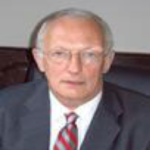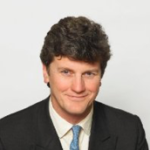Dig Up & Replace
- The existing pipe is excavated by means of digging a trench and a new pipe is laid in its place and then the trench is backfilled and reinstated.
Horizontal Directional Drill
- A cavity is drilled through the ground, inside which the pipe is subsequently inserted. This is generally performed in a three-step process: pilot hole drilling; pilot hole reaming and drilling mud injection; and pipe pull-back
Close Fit Lining
- A thermoplastic liner pipe is temporarily deformed to reduce its cross-section before its insertion into the host pipe. The deformed liner is subsequently restored to its original diameter, forming a close fit with the original pipe
Slip Lining
- A new pipeline of smaller diameter is inserted into the existing pipe. The annular space between the host pipe and new pipe is then grouted
Fold and form
- Insert a new folded pipe or pipe pulled though a die into the existing pipe and expand it to the diameter of the existing pipe
Spray Lining
- Spray-on linings are generally polymer-based and have been one of the most widely used methods for providing corrosion protection
Pipe Burst
- A process that utilises specialised equipment to fracture brittle pipe materials and split ductile pipe materials and displace the old pipe into the soil while forming a cavity in the soil large enough to place a new pipe of equivalent or larger size in the space formerly occupied by the old pipe







